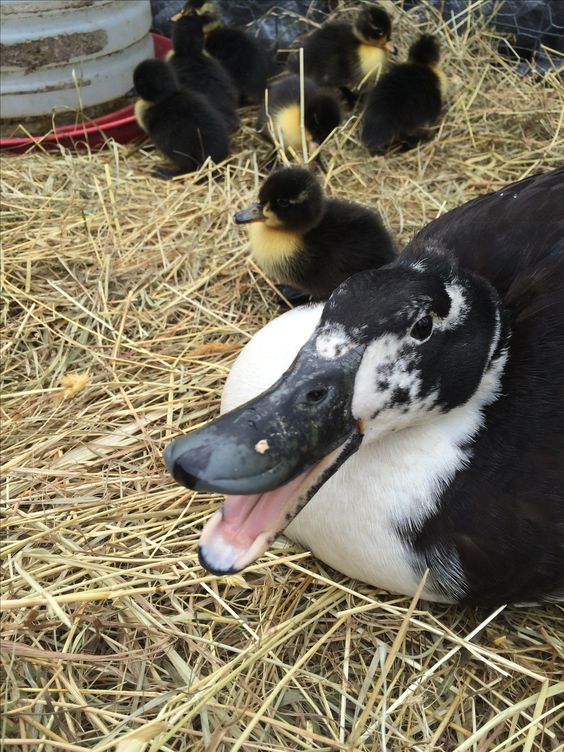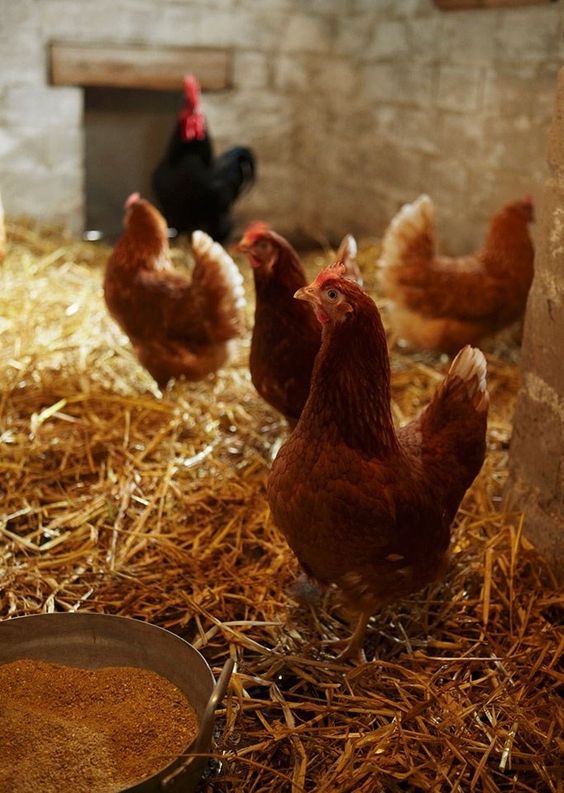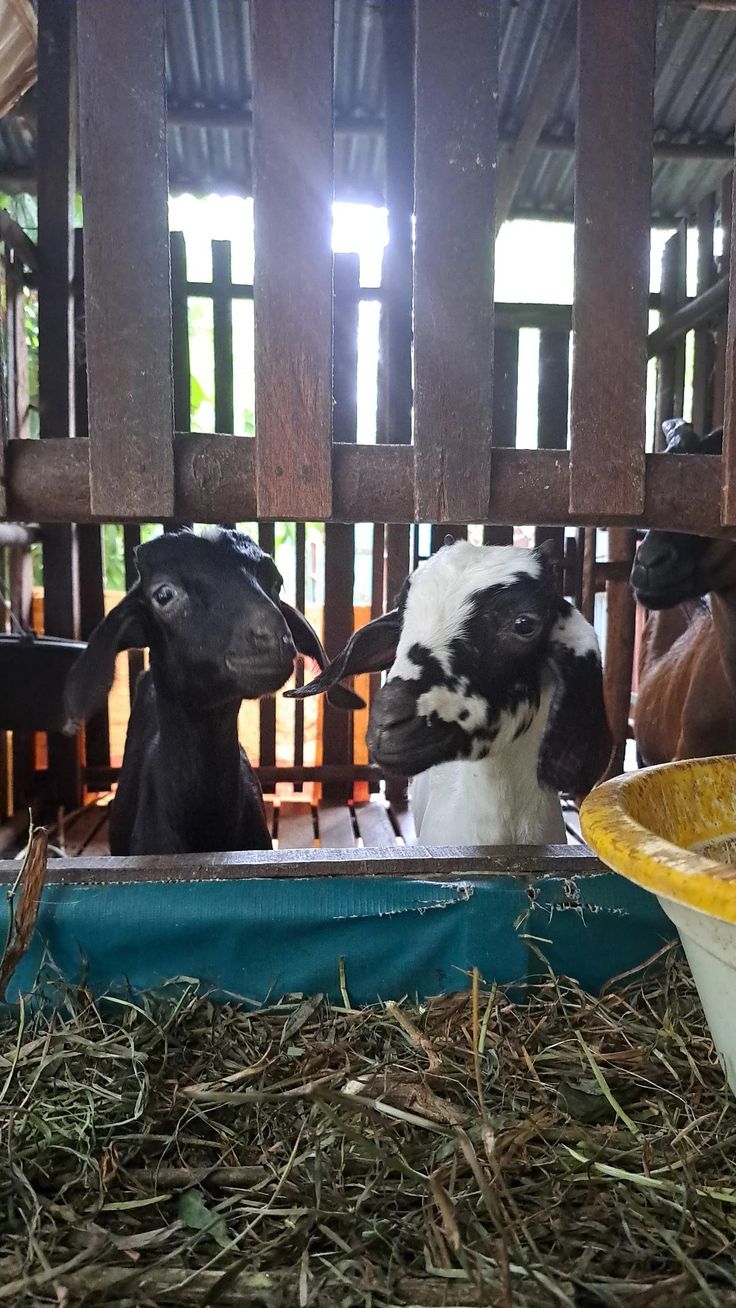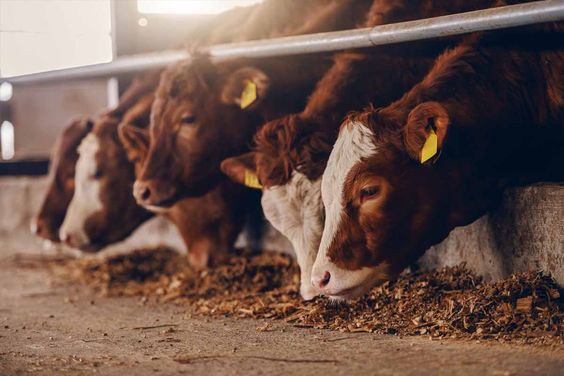Goose Ranching: A Comprehensive Guide
Goose ranching is an agricultural practice focused on the breeding and management of geese for various purposes, including meat production, egg production, feather harvesting, and ornamental use. This comprehensive guide delves into the essential aspects of goose ranching, providing valuable insights into its benefits, goals, practical ideas, and advantages. Whether you’re considering starting a goose ranch or looking to expand an existing one, this article offers a detailed overview of goose ranching.
Geese have been domesticated for thousands of years. Ancient Egyptians were among the first to keep geese for their meat and eggs, and their domestication spread across the globe. In medieval Europe, geese were commonly kept in gardens to control pests and provide a source of food. This practice has evolved, and modern goose ranching combines traditional methods with contemporary techniques to enhance productivity and animal welfare.
Modern Goose Ranching
Today’s goose ranching involves sophisticated breeding, feeding, and management practices. Advances in technology and husbandry techniques have transformed goose ranching into a more efficient and profitable venture. Modern ranchers focus on optimizing production while ensuring the health and well-being of the geese.
Benefits of Goose Ranching
1. Diverse Product Range
One of the most significant benefits of goose ranching is the variety of products that geese provide:
- Meat: Goose meat is rich and flavorful, often considered a delicacy. It is used in various cuisines around the world, including French, Chinese, and Eastern European dishes. The meat’s unique flavor profile makes it highly sought after by chefs and culinary enthusiasts.
- Eggs: Goose eggs are larger than chicken eggs and are valued for their rich taste and nutritional content. They are used in baking and cooking, providing a unique flavor and texture to dishes.
- Feathers: Goose feathers, particularly down, are used in high-quality insulation products such as pillows, comforters, and jackets. Down is renowned for its warmth and lightweight properties.
- Ornamental Value: Some breeds of geese are kept for their aesthetic appeal and as part of ornamental gardens. Their graceful appearance and behaviors add beauty to any landscape.
2. Low Environmental Impact
Geese have a relatively low environmental impact compared to other livestock. They graze on grasses and other vegetation, which helps reduce feed costs. Their droppings can be used as organic fertilizer, enriching the soil and reducing the need for chemical fertilizers. Additionally, geese produce less methane than cattle, making them a more eco-friendly option.
3. Natural Pest Control
Geese are natural grazers and are effective at controlling weeds and pests. By allowing geese to graze in fields and gardens, ranchers can reduce the need for chemical pest control methods. This natural approach helps maintain a healthier ecosystem and promotes sustainable farming practices.
4. High-Quality Products
Goose meat is known for its high fat content, which results in a juicy and flavorful product. Goose eggs are rich in protein and have a unique taste that is highly prized by chefs and home cooks alike. Goose down is considered one of the best natural insulators, providing warmth without added weight.

Goals of Goose Ranching
1. Optimizing Production
The primary goal of goose ranching is to maximize the production of high-quality meat, eggs, feathers, and other products. This involves careful management of breeding, feeding, and health practices to ensure that the geese are healthy and productive. Efficient production processes help ranchers achieve higher yields and better financial returns.
2. Ensuring Animal Welfare
Maintaining high standards of animal welfare is crucial in goose ranching. This includes providing adequate housing, proper nutrition, and medical care. Ethical treatment of animals is not only a moral obligation but also contributes to better productivity and product quality. Healthy geese are more productive and less susceptible to diseases.
3. Sustainability
Sustainable practices are essential for the long-term success of a goose ranch. This includes managing resources efficiently, minimizing waste, and implementing practices that support environmental conservation. Sustainable goose ranching can help reduce the ecological footprint of the operation and contribute to overall environmental health.
4. Financial Viability
Achieving financial success is a key goal for any agricultural venture. In goose ranching, this involves balancing production costs with market prices to ensure profitability. Effective management practices and marketing strategies can contribute to the financial health of the ranch. Proper financial planning and cost control are essential for long-term success.
Practical Ideas for Goose Ranching
1. Selecting the Right Breed
Choosing the appropriate breed of geese is critical to achieving the desired outcomes in your ranch. Some popular breeds include:
- Embden: Known for their large size and excellent meat quality. Embden geese are ideal for meat production due to their rapid growth and high carcass yield.
- Toulouse: Valued for their ability to produce high-quality foie gras. Toulouse geese are also known for their ability to lay a high number of eggs.
- Chinese: Recognized for their ability to lay a high number of eggs. Chinese geese are also known for their hardiness and adaptability to various climates.
2. Designing Effective Housing
Geese need spacious and well-ventilated housing to ensure their health and comfort. Housing should be designed to protect the birds from extreme weather conditions and predators. Provide access to outdoor grazing areas, as this is essential for their well-being. Proper housing design also includes ensuring adequate space per bird to prevent overcrowding and stress.
3. Implementing a Balanced Diet
A balanced diet is essential for the health and productivity of geese. This includes providing a mix of grains, legumes, and greens, as well as ensuring access to clean water. Supplementing their diet with vitamins and minerals can support optimal growth and egg production. Regularly monitor the diet to ensure that the geese receive all necessary nutrients.
4. Managing Health and Hygiene
Regular health checks and vaccinations are crucial for preventing disease and maintaining a healthy flock. Implement good hygiene practices, such as cleaning housing and equipment regularly, to reduce the risk of disease outbreaks. Establish a health management plan that includes routine veterinary care and emergency protocols.
5. Marketing and Sales Strategies
Developing effective marketing and sales strategies can help increase the profitability of your goose ranch. This includes identifying target markets, creating promotional materials, and building relationships with potential buyers. Consider exploring niche markets for specialty products like foie gras or gourmet goose meat. Additionally, participating in local farmers’ markets and food festivals can help raise awareness and attract customers.
Topic Suggestions for Further Research
1. Advanced Breeding Techniques
Research into advanced breeding techniques can help improve the productivity and health of geese. This includes genetic selection, artificial insemination, and breeding programs designed to enhance specific traits. Investigate recent advancements in poultry genetics and reproductive technologies to stay at the forefront of the industry.
2. Innovative Feeding Practices
Exploring innovative feeding practices can help optimize growth rates and egg production. This includes the use of specialized feed formulations, supplements, and alternative feed sources. Consider researching the benefits of different types of feed, such as organic or non-GMO options, and their impact on production and health.
3. Disease Management and Prevention
Studying new methods for disease management and prevention can help protect your flock from common ailments. This includes research into vaccines, treatments, and biosecurity measures. Stay informed about emerging diseases and potential threats to ensure that you are prepared to handle any health challenges that may arise.
4. Sustainable Practices in Goose Ranching
Investigating sustainable practices can help reduce the environmental impact of goose ranching. This includes exploring waste management techniques, resource conservation, and alternative energy sources. Look into practices such as rotational grazing, composting, and using renewable energy to enhance the sustainability of your operation.
5. Market Trends and Consumer Preferences
Understanding market trends and consumer preferences can help you tailor your products to meet demand. This includes researching current trends in gourmet foods, organic products, and specialty items. Analyze consumer behavior and preferences to identify opportunities for product differentiation and market expansion.
Advantages of Goose Ranching
1. High-Quality Products
Goose ranching provides access to high-quality products that are sought after by consumers. The rich flavor of goose meat, the nutritional value of goose eggs, and the warmth of goose down are all valuable attributes. High-quality products can command premium prices and attract discerning customers.
2. Low Feed Costs
Geese are efficient grazers, which can help reduce feed costs compared to other livestock. Their ability to graze on grass and other vegetation makes them a cost-effective option for some ranchers. Reducing feed costs can improve overall profitability and make goose ranching a more viable business.
3. Reduced Environmental Impact
Goose ranching can have a lower environmental impact compared to other forms of livestock farming. Geese produce less methane than cattle, and their droppings can be used as organic fertilizer. By adopting sustainable practices, goose ranchers can further reduce their ecological footprint and contribute to environmental conservation.
4. Diverse Revenue Streams
The diversity of products that geese produce allows ranchers to explore multiple revenue streams. This can help mitigate risks and increase overall profitability. By offering a range of products, such as meat, eggs, feathers, and ornamental geese, ranchers can reach different market segments and enhance their financial stability.
5. Ornamental and Cultural Value
In addition to their practical benefits, geese have ornamental and cultural value. They are often kept for their aesthetic appeal and as part of cultural traditions, adding an extra dimension to goose ranching. Their presence can enhance the beauty of landscapes and contribute to cultural heritage.

Challenges and Solutions in Goose Ranching
1. Managing Health Issues
Health issues can be a significant challenge in goose ranching. Common problems include respiratory infections, parasitic infestations, and metabolic disorders. To address these challenges, implement a comprehensive health management plan that includes regular veterinary care, vaccinations, and biosecurity measures. Monitoring the flock closely and responding quickly to any signs of illness can help prevent outbreaks.
2. Weather and Environmental Conditions
Geese are susceptible to extreme weather conditions, which can impact their health and productivity. Ensure that housing provides adequate protection from harsh weather and consider implementing climate control measures if necessary. Providing access to sheltered areas and proper ventilation can help mitigate the effects of adverse weather.
3. Market Fluctuations
Fluctuations in market prices can affect the profitability of goose ranching. To manage this risk, diversify your product offerings and explore different markets. Develop a marketing strategy that includes both local and regional sales channels to reach a broader customer base. Staying informed about market trends and adjusting your pricing strategy can also help navigate market fluctuations.
4. Initial Investment Costs
Starting a goose ranch requires a significant initial investment in infrastructure, equipment, and breeding stock. To manage these costs, create a detailed business plan that outlines your financial projections and funding requirements. Explore financing options such as loans, grants, or investment partnerships to support your start-up costs.
5. Labor and Management
Effective labor and management practices are essential for the success of a goose ranch. Hiring experienced staff and providing ongoing training can help ensure that your team is equipped to handle the various aspects of goose ranching. Implementing efficient management practices and utilizing technology can also help streamline operations and improve productivity.
Advanced Techniques in Goose Ranching
1. Breeding Programs
Implementing advanced breeding programs can significantly enhance the productivity and quality of your flock. Consider the following techniques:
- Genetic Selection: Utilize genetic selection to improve desirable traits such as growth rate, egg production, and disease resistance. By focusing on genetics, you can develop a flock that is better suited to your specific production goals.
- Artificial Insemination: This technique allows for controlled breeding and can be particularly useful for improving genetic diversity and achieving specific breeding objectives. Artificial insemination can also be used to enhance the performance of breeding stock.
- Performance Monitoring: Regularly monitor the performance of your breeding stock to identify the best producers. This data can help inform breeding decisions and ensure that you are working with the most productive geese.
2. Technological Innovations
Advancements in technology can improve various aspects of goose ranching, including:
- Automated Feeding Systems: Automated feeders can ensure that geese receive a consistent and balanced diet. These systems can help reduce labor costs and minimize feed waste.
- Climate Control Systems: Modern climate control systems can regulate temperature and humidity in housing, creating a more comfortable environment for geese. This can help improve overall health and productivity.
- Data Management Software: Implementing data management software can help track and analyze various aspects of goose ranching, such as feed consumption, growth rates, and health records. This data can be used to make informed decisions and optimize production processes.
3. Waste Management
Effective waste management is crucial for maintaining a clean and healthy environment for geese. Consider the following strategies:
- Composting: Composting goose droppings can turn waste into valuable organic fertilizer. This process reduces the volume of waste and provides a useful byproduct for agricultural use.
- Manure Management Systems: Implement manure management systems to handle and process waste efficiently. This can help prevent contamination of water sources and reduce odors.
- Waste-to-Energy Technologies: Explore waste-to-energy technologies that can convert organic waste into energy. This can provide an additional revenue stream and support sustainability goals.






